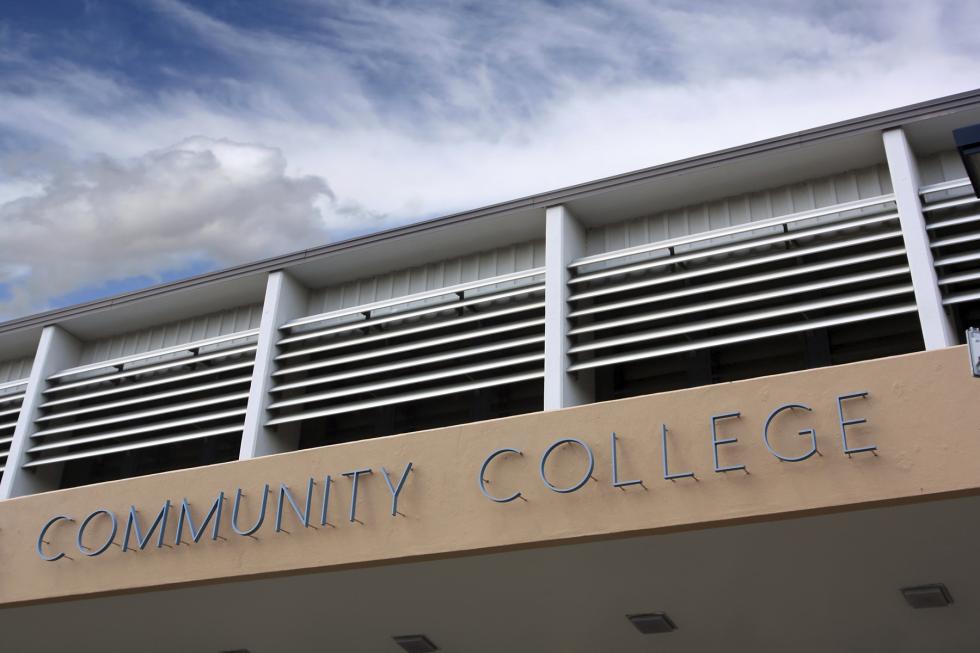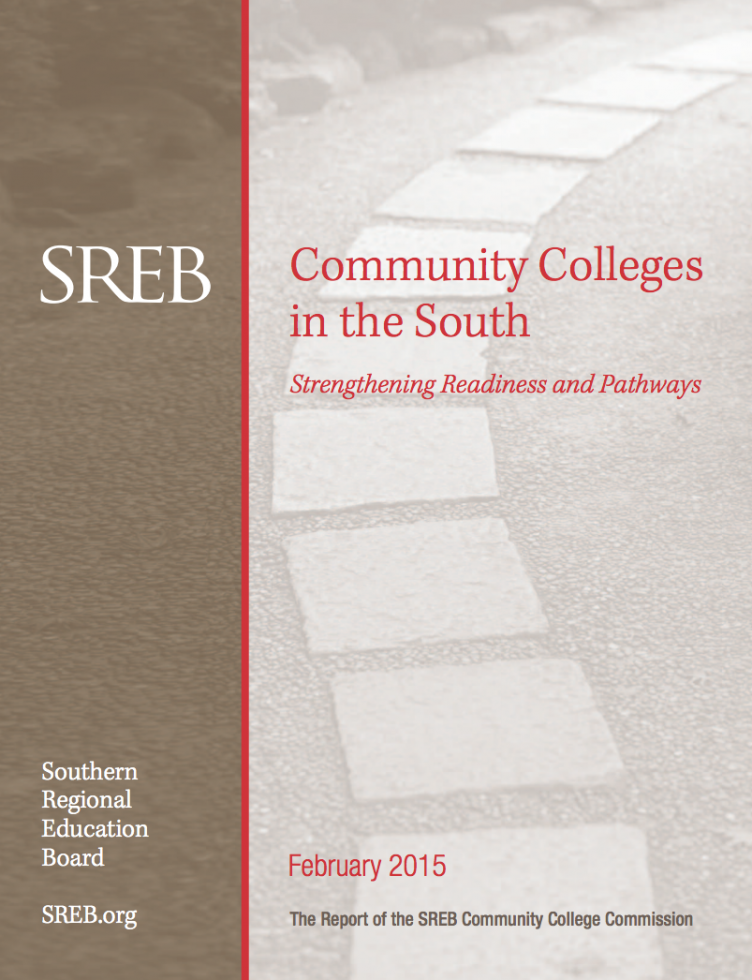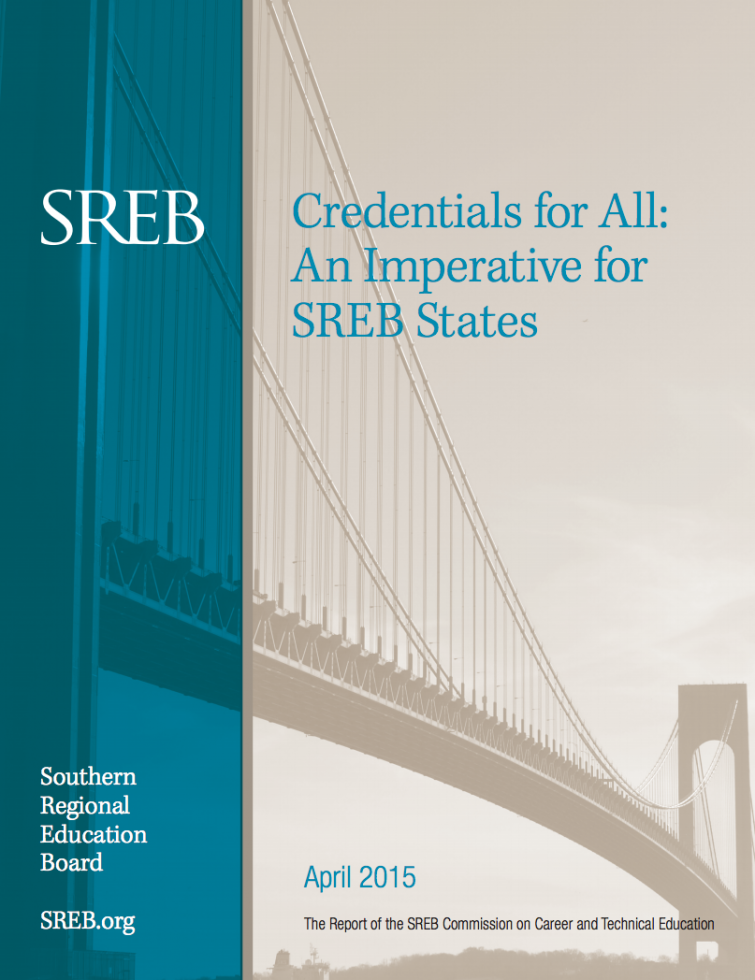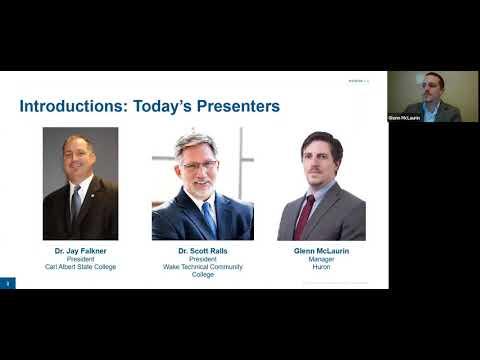Topic: Community Colleges
Community Colleges
Pathways to Certificates, Degrees and the Workforce
Community colleges enroll almost half of U.S. undergrads. To help states increase college completion, SREB serves states with data for two-year institutions, policy recommendations, and programs to smooth the transition from high school.
State goals to increase college completion and close achievement gaps depend, in large part, on public community colleges. They enroll almost half of U.S. undergraduate students and the vast majority of those least likely to earn a degree. Community colleges are affordable and accessible. And yet too few students complete degrees, certificates or transfers.
Students come to community college at many different stages in their lives, with different aims. They may enter directly from high school to earn an associate degree or credits toward a four-year degree, or as adults to change careers or complete a degree after years away from school.






